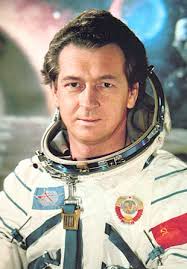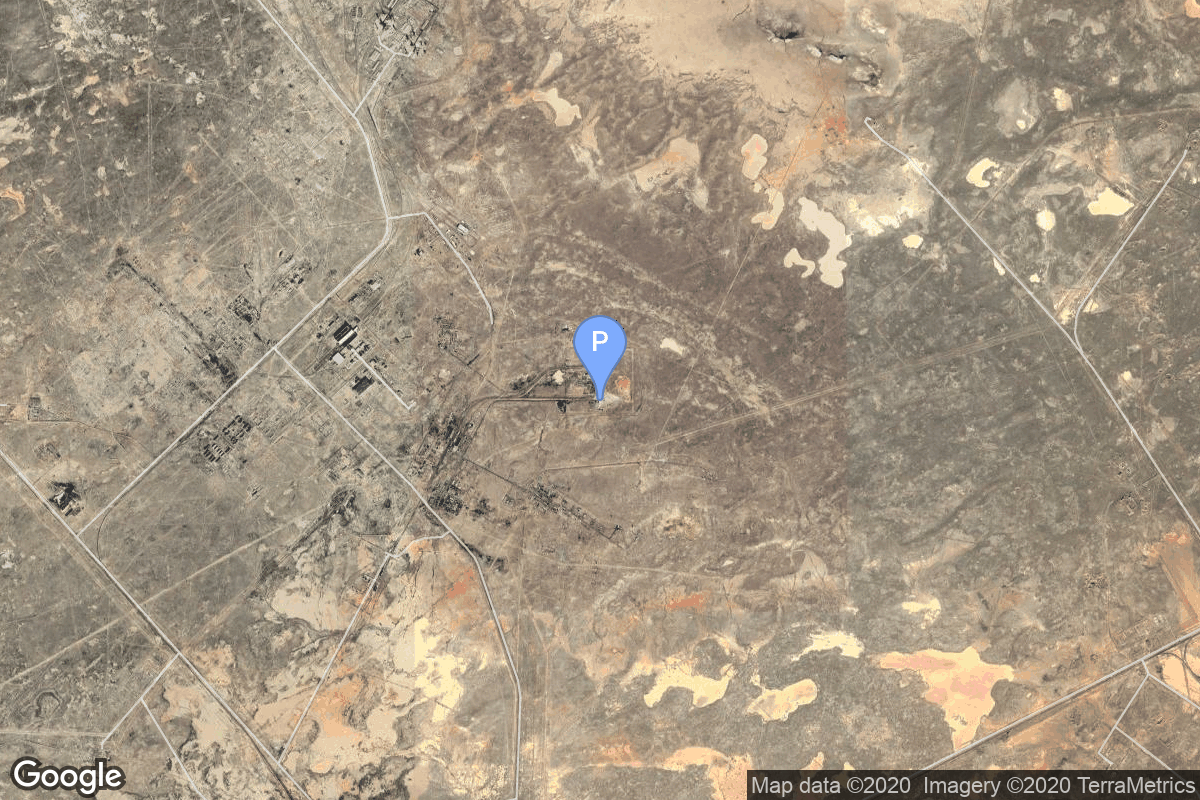Soyuz 18
Soyuz
Soviet Space Program
Crew

Pyotr Klimuk
- Birthday: 07/10/1942
- Role: Commander
- Nationality: Belarusian
- First Flight: 12/18/1973
- Last Flight: 06/27/1978
Pyotr Ilyich Klimuk (Belarusian: Пётр Ільіч Кліму́к; Russian: Пётр Ильич Климу́к; born 10 July 1942) is a former Soviet cosmonaut and the first Belarusian to perform space travel. Klimuk made three flights into space.
Klimuk attended the Leninski Komsomol Chernigov High Aviation School and entered the Soviet Air Force in 1964. The following year, he was selected to join the space programme.
His first flight was a long test flight on Soyuz 13 in 1973. This was followed by a mission to the Salyut 4 space station on Soyuz 18 in 1975.
From 1976 he became involved in the Intercosmos and made his third and final spaceflight on an Intercosmos flight with Polish cosmonaut Mirosław Hermaszewski on Soyuz 30.

Vitaly Sevastyanov
- Birthday: 07/08/1935
- Role: Flight Engineer
- Nationality: Russian
- First Flight: 06/01/1970
- Last Flight: 05/24/1975
Vitaly Ivanovich Sevastyanov (Russian: Вита́лий Ива́нович Севастья́нов; 8 July 1935 – 5 April 2010) was a Soviet cosmonaut and an engineer who flew on the Soyuz 9 and Soyuz 18 missions.
Mission
Soyuz 18
- Type: Human Exploration
- Orbit: Low Earth Orbit
Soyuz 18 was the second and final crew to man the Salyut 4 space station. The mission began on May 24th 1975 at 1458:10 UTC, launching Commander Pyotr Klimuk & Flight Engineer Vitali Sevastyanov into orbit docking with Salyut 4 2 days later. They stayed on the station for 63 days setting a new Soviet space endurance record at the time. Klimuk & Sevastyanov were the back-up crew for the failed Soyuz 18a mission so their mission goals included completing the goals of Soyuz 18a, continuing the work of Soyuz 17 & fixing or replacing equipment. They replaced a gas analyzer, switched a pumping condenser in the water regeneration system with a hand pump & fixed a spectrometer. Mostly the experiments were biological & medical but they also studied stars, planets, earth and its atmosphere with roughly 2000 photographs of Earth and 600 of the sun taken. The mission concluded with a safe landing on June 26th 1975 at 1418:18 UTC.
Location
Rocket
Russian Federal Space Agency (ROSCOSMOS) Soyuz
Agency
Soviet Space Program
The Soviet space program, was the national space program of the Union of Soviet Socialist Republics (USSR) actived from 1930s until disintegration of the Soviet Union in 1991.
The Soviet Union’s space program was mainly based on the cosmonautic exploration of space and the development of the expandable launch vehicles, which had been split between many design bureaus competing against each other. Over its 60-years of history, the Russian program was responsible for a number of pioneering feats and accomplishments in the human space flight, including the first intercontinental ballistic missile (R-7), first satellite (Sputnik 1), first animal in Earth orbit (the dog Laika on Sputnik 2), first human in space and Earth orbit (cosmonaut Yuri Gagarin on Vostok 1), first woman in space and Earth orbit (cosmonaut Valentina Tereshkova on Vostok 6), first spacewalk (cosmonaut Alexei Leonov on Voskhod 2), first Moon impact (Luna 2), first image of the far side of the Moon (Luna 3) and unmanned lunar soft landing (Luna 9), first space rover (Lunokhod 1), first sample of lunar soil automatically extracted and brought to Earth (Luna 16), and first space station (Salyut 1). Further notable records included the first interplanetary probes: Venera 1 and Mars 1 to fly by Venus and Mars, respectively, Venera 3 and Mars 2 to impact the respective planet surface, and Venera 7 and Mars 3 to make soft landings on these planets.


